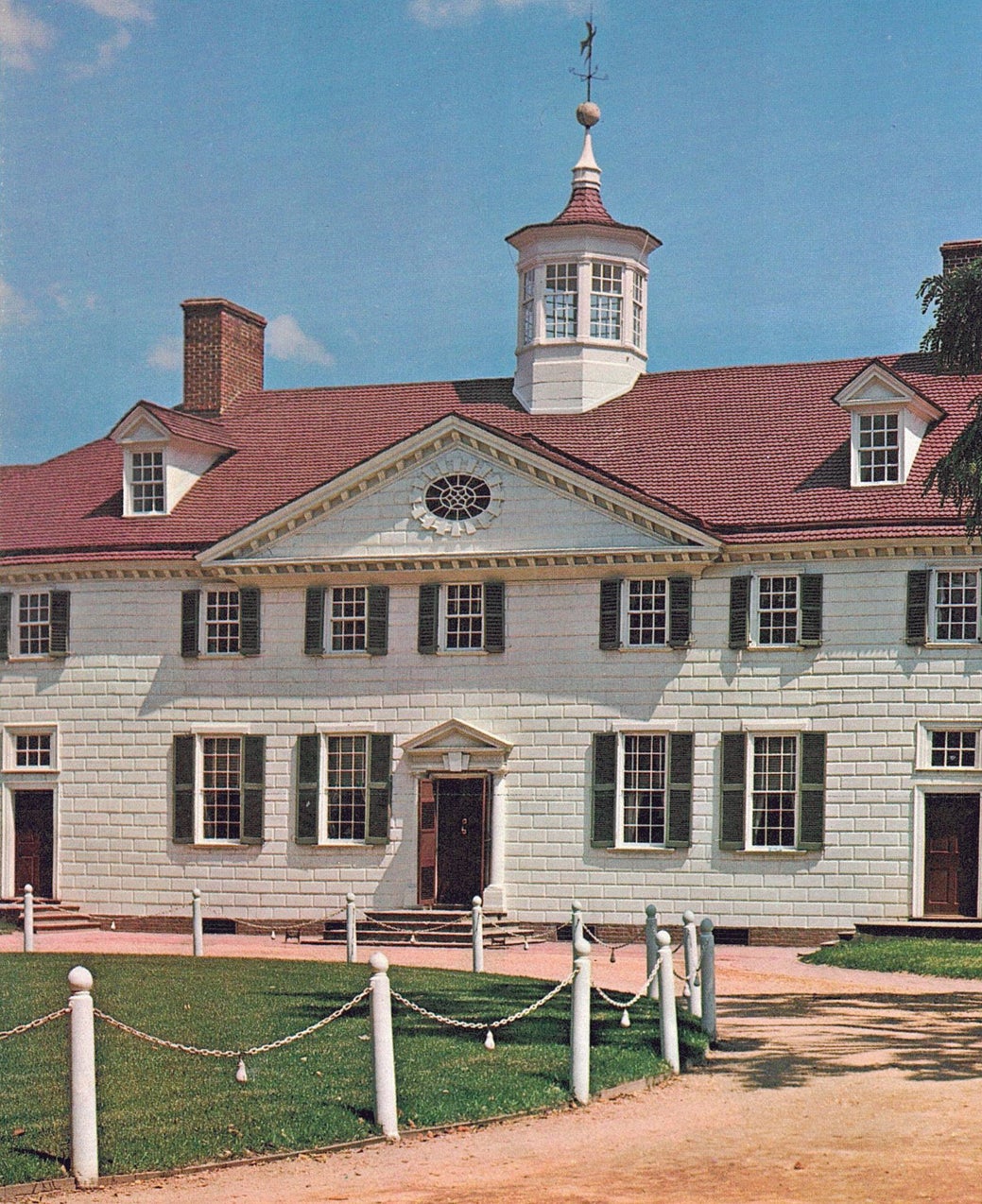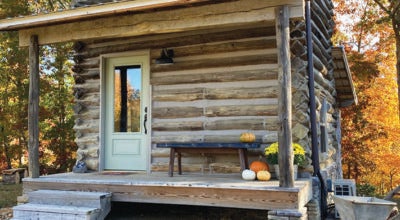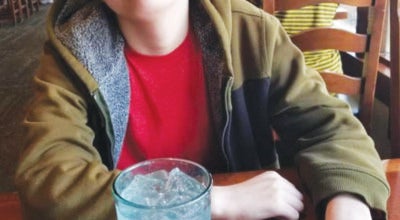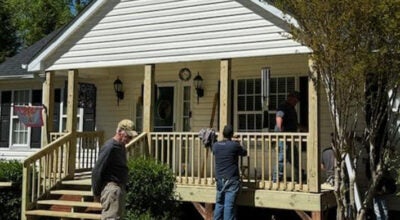Presidential sites: George Washington loved overseeing work on his farms
Published 10:50 am Thursday, December 9, 2021
|
Getting your Trinity Audio player ready...
|
By Betty Etchison West
For the Enterprise
George Washington married a rich, young widow, Martha Curtis.
Many people have believed that the place called Mount Vernon was owned by that widow and became the home of Washington after his marriage. Not so.
In 1674, the Mount Vernon land was owned by John Washington, George Washington’s great-grandfather. It was passed from one member of the Washington family to another until 1754 when George Washington acquired it from his half-brother, Lawrence Washington’s widow.
George Washington, his bride, Martha, and her two children from her first marriage moved to his plantation. From that time on, George and Martha Washington loved that place called Mount Vernon.
A booklet published by The Mount Vernon Ladies’ Association of the Union gives detailed information about Mount Vernon. That publication quotes Washington Irving as saying. “A large Virginia estate was a little empire. The mansion house was the seat of government with its numerous dependencies such as the kitchens, smoke-house, workshops and stables.” Mount Vernon is a good example of such a little empire. It had many dependencies which creates a village-like appearance.
A large number of people lived on the Washington properties. About 100 lived at the Mansion House Farm, the farm where the mansion is located was called, and about 150 more lived on the other farms connected to the Mansion House Farm. The plantation had to provide the shelter, food, and clothing for all of those people. Each plantation had to be a self-contained entity to provide for the needs of its inhabitants. Mount Vernon was such an entity. The food was grown or raised on the farm as was the fiber for clothing. The only items purchased were those such as coffee, tea, etc. which could not be produced on the farm. The only cash crop produced at Mount Vernon was tobacco. The tobacco could be sent to market from Mount Vernon by way of the Potomac River.
The need for food and clothing for the people living Mount Vernon explains the need for the dependencies. First, there was the kitchen where food was cooked and from which it was served to the Washington family and their guests. The kitchen was separate from the main house because of the danger of fire which all the activity in the kitchen caused. The kitchen was also the place where food was canned or dried to preserve it for winter.
Another dependency was the smoke house is where meat, a lot of meat, was preserved. In 1776, the overseer, wrote to General Washington that he had killed 132 hogs.
The fiber that was grow or raised on the farm was spun into thread so that clothing could be made for all the inhabitants of the plantation. Thus, there was a weaving/ spinning house where the cotton, flax, and woolen fibers were spun into thread. The thread was then woven on looms into cloth. The spinners and weavers worked hard from morning until night. In the year 1868, the 10 or more women who worked in the Mount Vernon weaving/ spinning house produced 815 yards of linen; 365 yards of woolen cloth; 144 yards of linsey-woolly, which was a combination of linen and wool; and 40 yards of cotton. That may seem like a tremendous amount of cloth, but, remember, there were a lot of people that to be clothed.
There were also a tailor shop where the cloth was made into clothes and a cobbler or shoemaker shop where shoe were made. It is noted that one year the cobbler or shoemaker made 299 pairs of shoes. This information is found in the Mount Vernon Ladies Booklet. All of these activities were going on while many other people were laboring the fields.
George Washington liked nothing better than supervising the work on his farms. In a letter to a cabinet member Washington said: “I begin my diurnal course with the Sun; if my hirelings are not in their places at that time, I send them message expressive of my sorrow for their indisposition, then having put these wheels in motion, I examine the state of things further….By the time I have accomplished these matters, breakfast is ready. This over, I mount my horse and ride round my farms which employs me until it is time to dress for dinner.” Oh, how George Washington loved being the overseer of his estate, which he only left when his country called.
He first left to serve as Commander of the Continental Army during the Revolutionary War. Martha remained at Mount Vernon to take care of the estate. She only left Mount Vernon to go and be at the General’s side when the soldiers stopped fighting and went into winter quarters.
After the War, both George and Martha were delighted when he could return to Mount Vernon. That happiness did not last too long because once again his country called, and Washington answered the call to become the first President of the United States. That meant that both he and his wife would be away from their home for eight more years. When Washington completed his two terms and both of the Washingtons could be at their home, Martha said, “We were as happy as children just let out from school!”
A visit to the stately Mount Vernon mansion is a treat because you can almost re-live George and Martha’s happiness on returning home. The Mansion has three stories, of which only two are usually open to the public. The first floor has the usual entrance hall, the parlors, a banquet or dining room, a library, one bedroom and a room where Washington just like to escape and think. The second floor has five bedrooms, one of which was the master bedroom. There are a few pieces of furniture which actually belonged to the Washingtons, but most of the furniture in the mansion is just of the period in which the Washingtons lived. Some of the original pieces that have survived are: the President’s secretary-desk, a chair that set by his bed, and some books in the library. There are other pieces of memorabilia which a docent points out. There is also a museum at Mount Vernon which also houses some Washington memorabilia.
The veranda or front porch of the mansion with its tall white columns is probably the most recognizable part of the house at Mount Vernon. The family could sit on that veranda and enjoy the cool breezes that blew from the Potomac River, which they could see as they sat there.
A trip through the gardens is a must for the Mount Vernon visitor. Both the General and his wife were proud of their formal garden.
A trip to the stables is also a must. It was there General Washington kept his beautiful horses. “Nelson,” the faithful steed he rode most often during the Revolutionary War, spent his retirement years in those stables as did “Blueskin.” The General occasionally rode “Blueskin” during the war, but did not like him as well because of him “not standing fire” as well as Nelson. Though both horses and their owner have been dead for many years, it is interesting to see the horses’ retirement abode.
Washington was a fine horseman. He broke all of his own horses. His horses could jump the highest fences with the greatest of ease. The booklet printed by the Mount Vernon Ladies Association of the Union says, “’When at home the master of Mount Vernon delighted in the chase, He maintained a pack of foxhounds and hunted frequently with his neighbors. During the hunting season the hounds accompanied him two or three times a week on his daily tour of the farms. Although they seldom failed to raise a fox, the diary often records that they “catch’d nothing.”
About three years after he completed his second term as president, George Washington died, ending the idyllic years at Mount Vernon. He was buried in a tomb on the ground of the mansion. Officials wanted him to be buried in the city named for him but that was not what he wanted. Martha Washington did not seem to have the will to go on living after her husband’s death. She died in 1802, three years after the death of her husband, and was buried beside him at Mount Vernon, the place they both loved.






